7 Crore+ Customers

Affordable Premium

7 Crore+ Customers

Affordable Premium


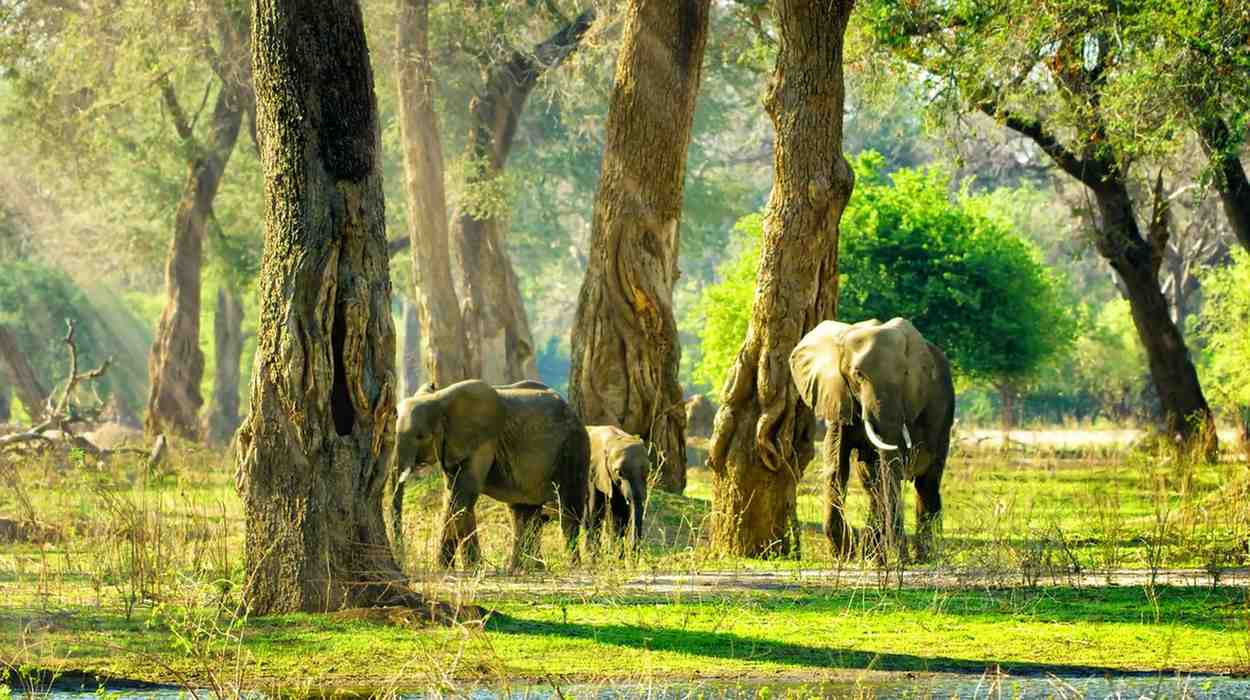
Wildlife safari is an adventurous journey to observe the wild animals in their natural habitat. As the human species have coexisted and evolved with animals, they have a natural urge to dive into this realm of animals. Besides, wildlife safaris can give a glimpse into the ecosystem and the reminiscence of the earlier lives shared with floras and faunas.
Therefore, let us understand ‘what is a wildlife safari’ in its simplest forms through the history of its existence and other related factors.
The word 'safari' comes from the Arabic word 'safar', which means 'to make a journey'. This word came into being during British Colonialism in the African continent. Explorer and soldier Sir Richard Francis Burton introduced the term into English.
In ancient times, this word referred to human activities around the forests, especially hunting. However, the meaning of wildlife safari has shifted to the observation and study of wild animals and has grown into a lucrative tourist activity.
Now that you know about the history of wildlife safari, let us briefly discuss the most visited wildlife safaris in India.
With the growth of urbanisation in human civilisation, the human species have separated themselves from wild living. However, they have recently started exploring the components of nature through wildlife safaris.
In this regard, wildlife safaris play various significant roles, including:
However, unregulated wildlife tourism can result in the destruction of habitats, overuse of natural resources, and decline in wildlife population. Therefore, one must give top priority to a sustainable wildlife safari for the conservation of wildlife.
Here is a list of wildlife safaris in India for adventure buffers:
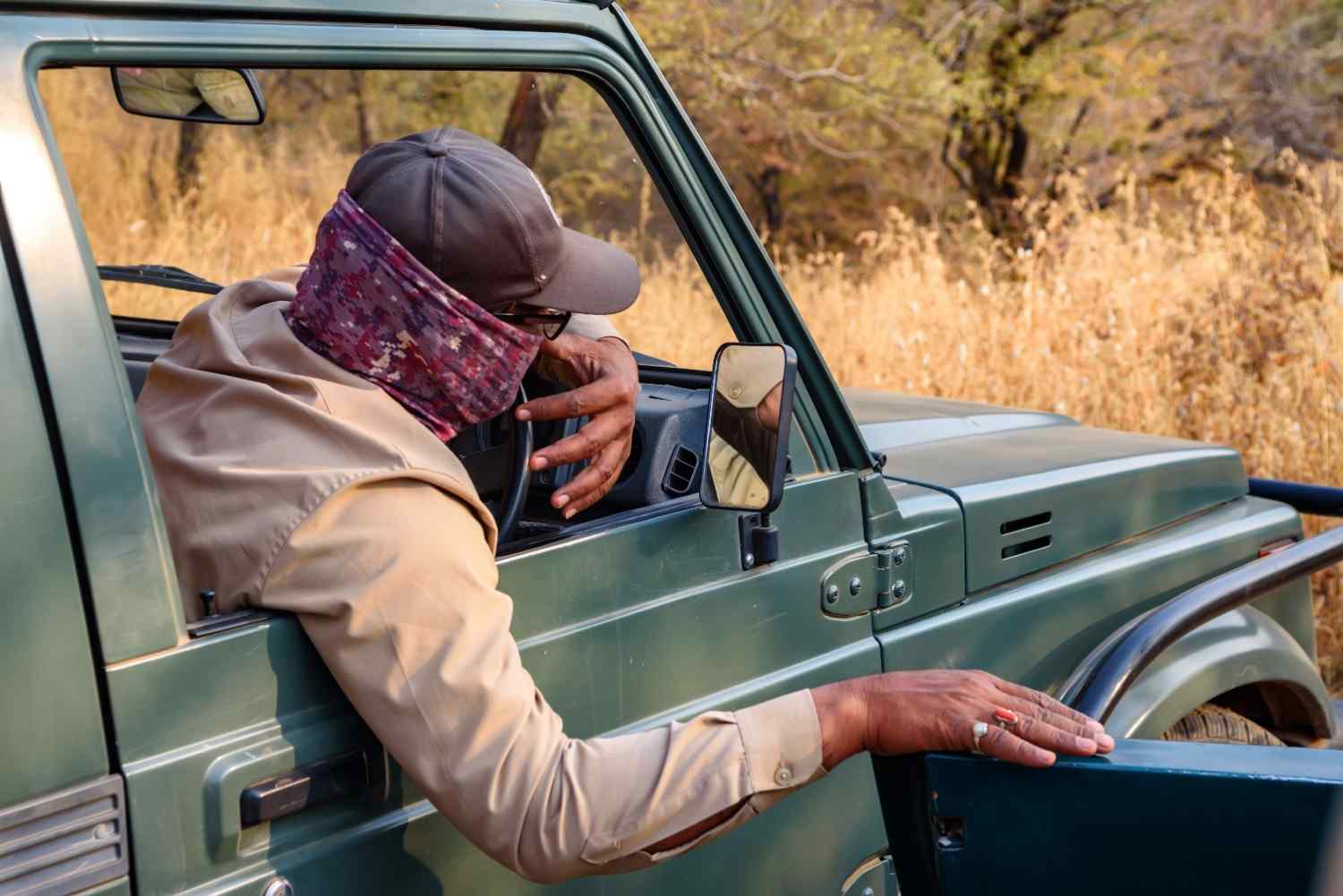
Ranthambore is a renowned national park visited by people from all over India. There were 24 tigers in Ranthambore National Park as of 2014. This deciduous forest is around 130 Km from Jaipur.
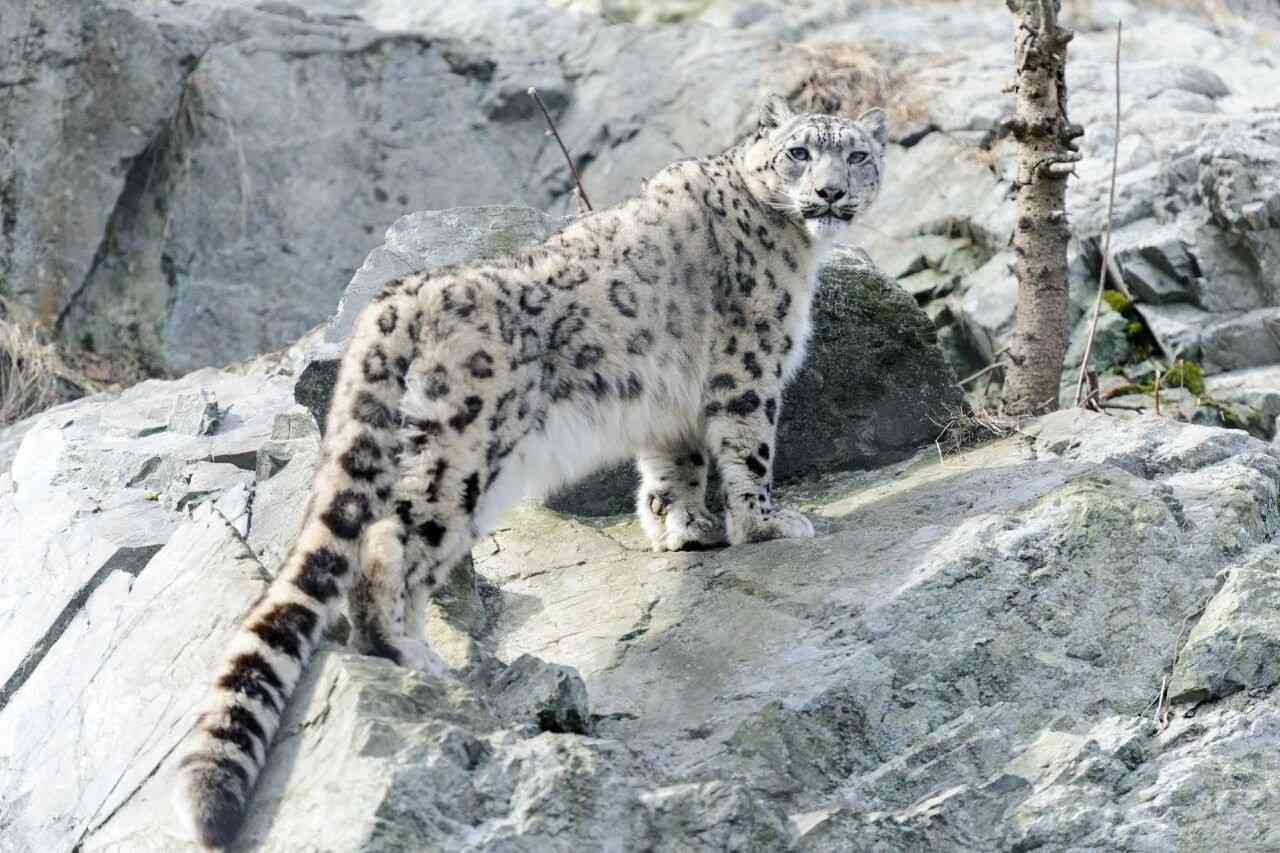
Hemis National Park is a high-altitude national park spreading over 4400 sq. km. It is the largest national park in South Asia. It is globally renowned for its snow leopards along with various faunas like the Tibetan wolf, Eurasian brown bear and 73 bird species.
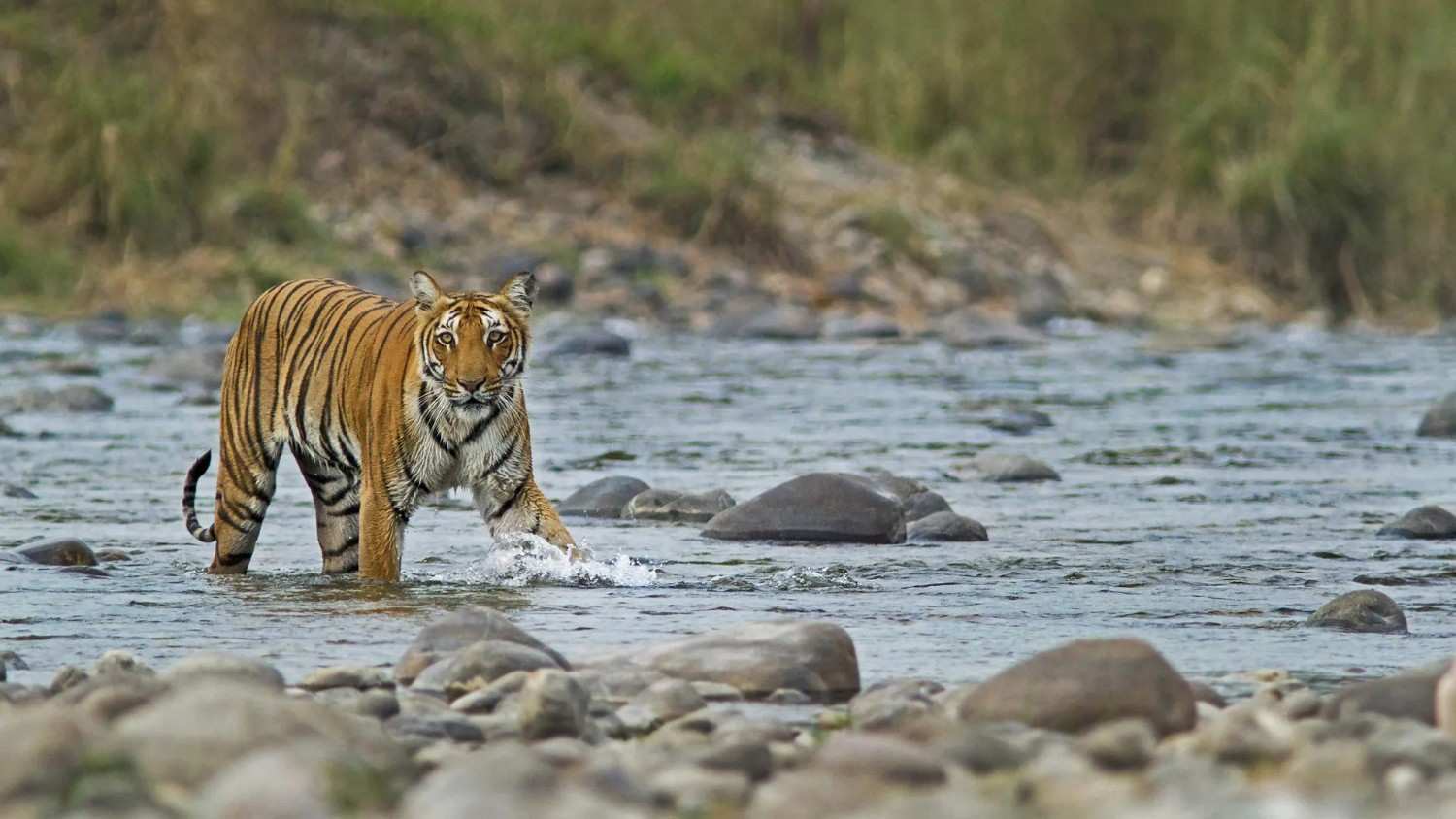
Established in 1936, Jim Corbett National Park is the first-ever national park in India, dating back to the British Raj. Due to its large number of tigers, it can also be called the 'paradise of tigers'. It also has 586 species of migratory and resident birds.
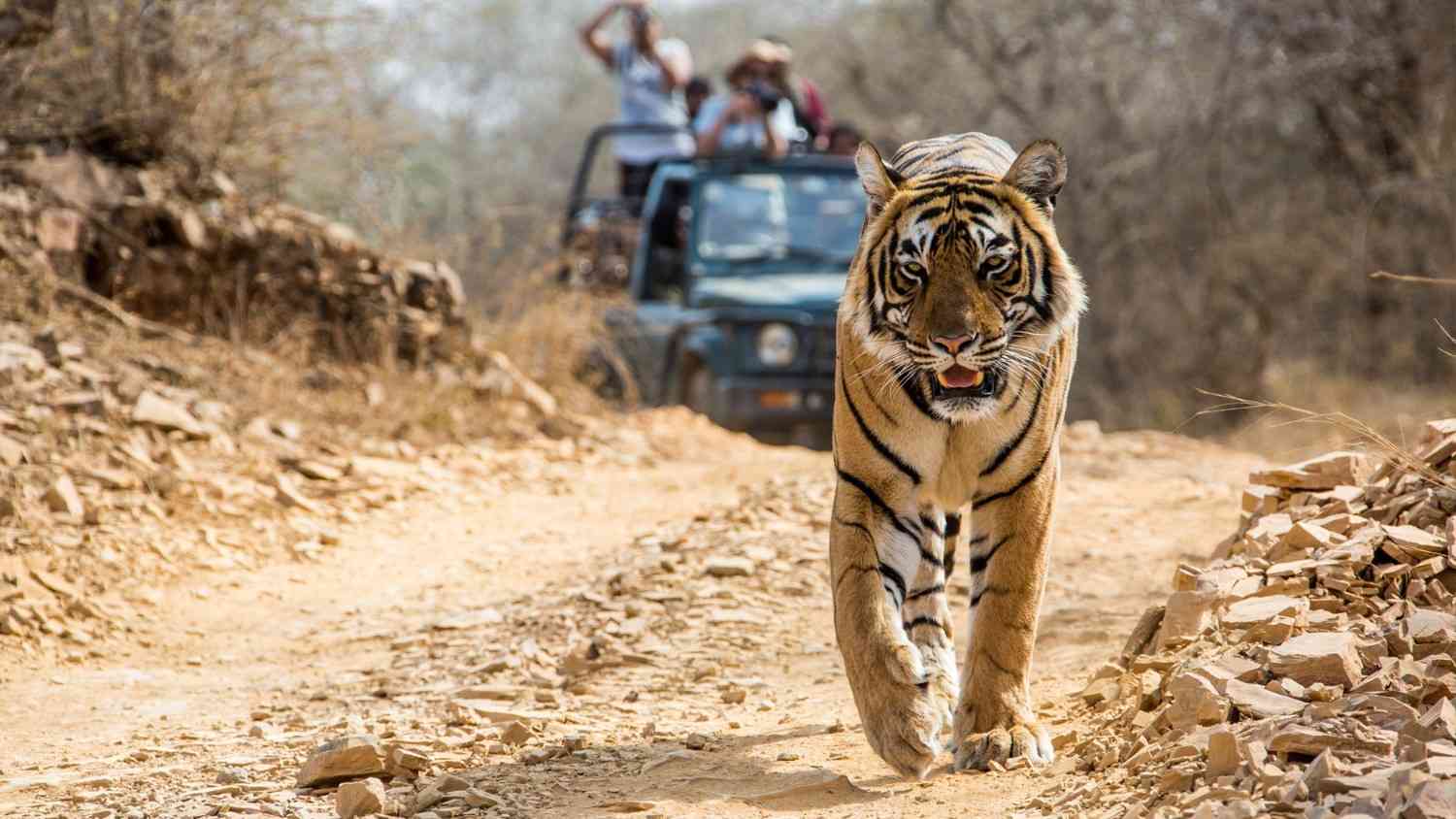
Bandhavgarh National Park was declared a Tiger Reserve in 1993. This national park has a large biodiversity containing the tiger as the apex of the food chain and 37 other species of mammals, along with several species of birds, butterflies, reptiles etc. It constitutes a total area of 716 sq. Km.
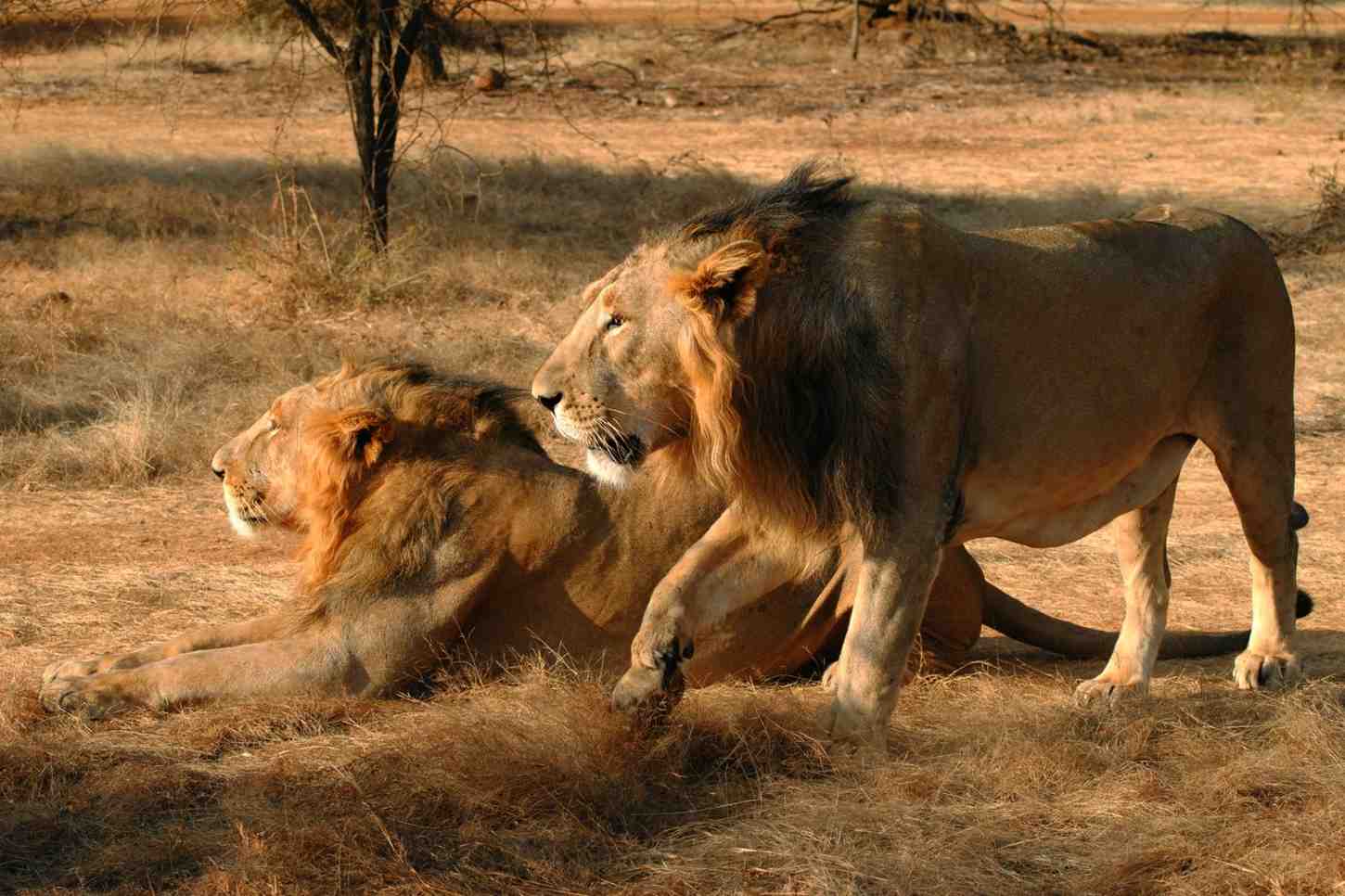
The Sasan Gir Wildlife Sanctuary is the only place in the globe after Africa where you can spot an Asiatic lion in its natural habitat. This wildlife animal safari houses 40 species of animals along with 425 species of animals.
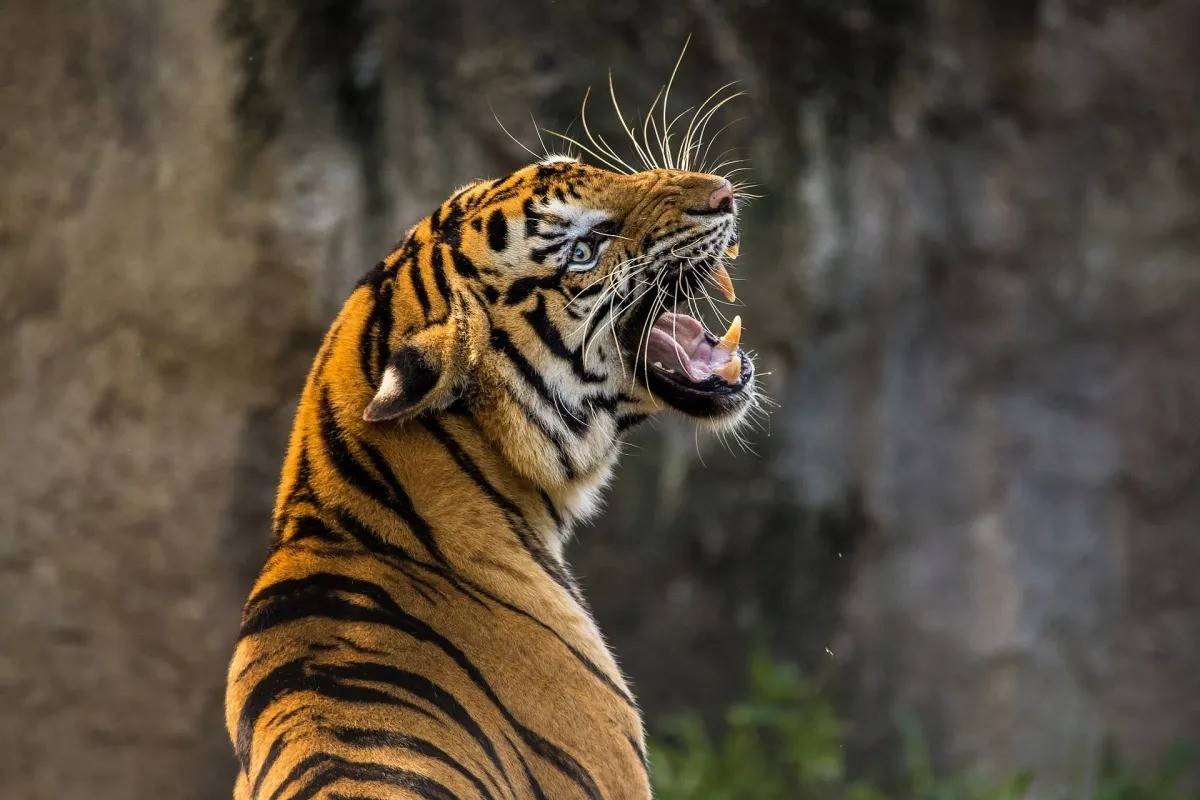
Designated as a UNESCO World Heritage site in 1985, Kaziranga National Park is famous for its one-horned Rhinoceros. Besides, it is home to wild water buffalo, elephants, swamp deer etc. Additionally, it is considered an Important Bird Area by BirdLife International for the conservation of avifaunal species.

Declared as Tiger Reserve in 1973, Kanha National Park is situated in the Maikal mountain range of Satpuras. It is a paradise for a host of wildlife creatures like the Bengal tiger, dhole, sloth bear, Indian leopard, etc.
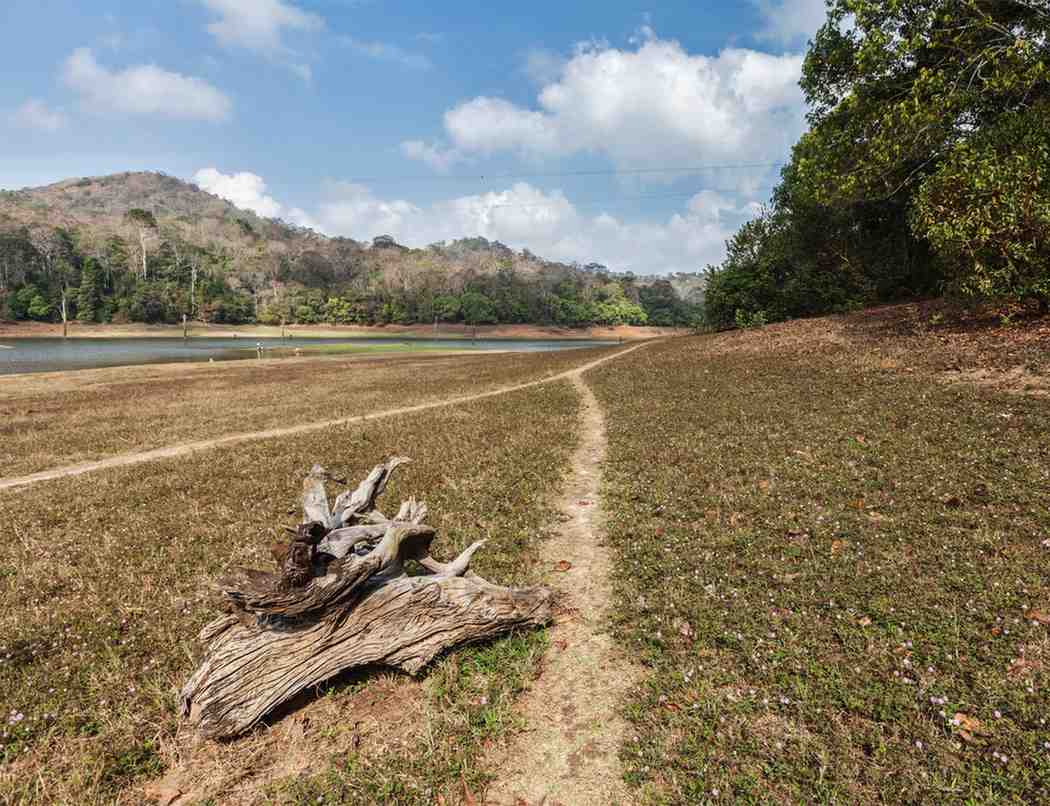
Periyar National Park and Wildlife Sanctuary is famously known as an elephant reserve and a tiger reserve containing Bengal tigers and Asian elephants. You can experience a bounty of the great scenic beauty of nature and rich biodiversity here.
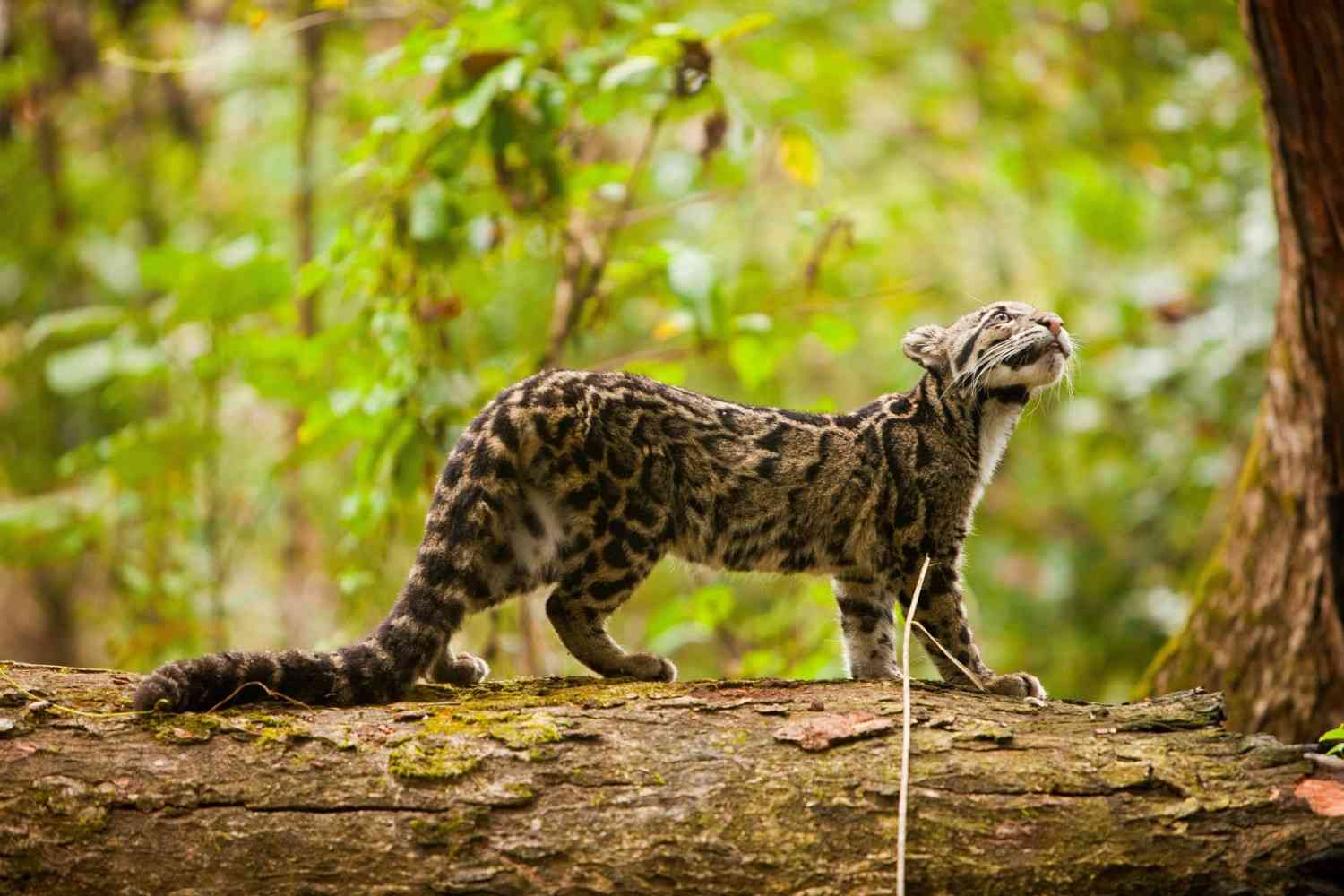
Situated in the Himalayan foothills, Manas National Park is an elephant reserve and a Tiger reserve. It is notable for its endangered wildlife, including the Assam roofed, hispid hare, pygmy hog, golden langur turtle, etc. Besides, it was also declared a UNESCO World Heritage Site in 1985.
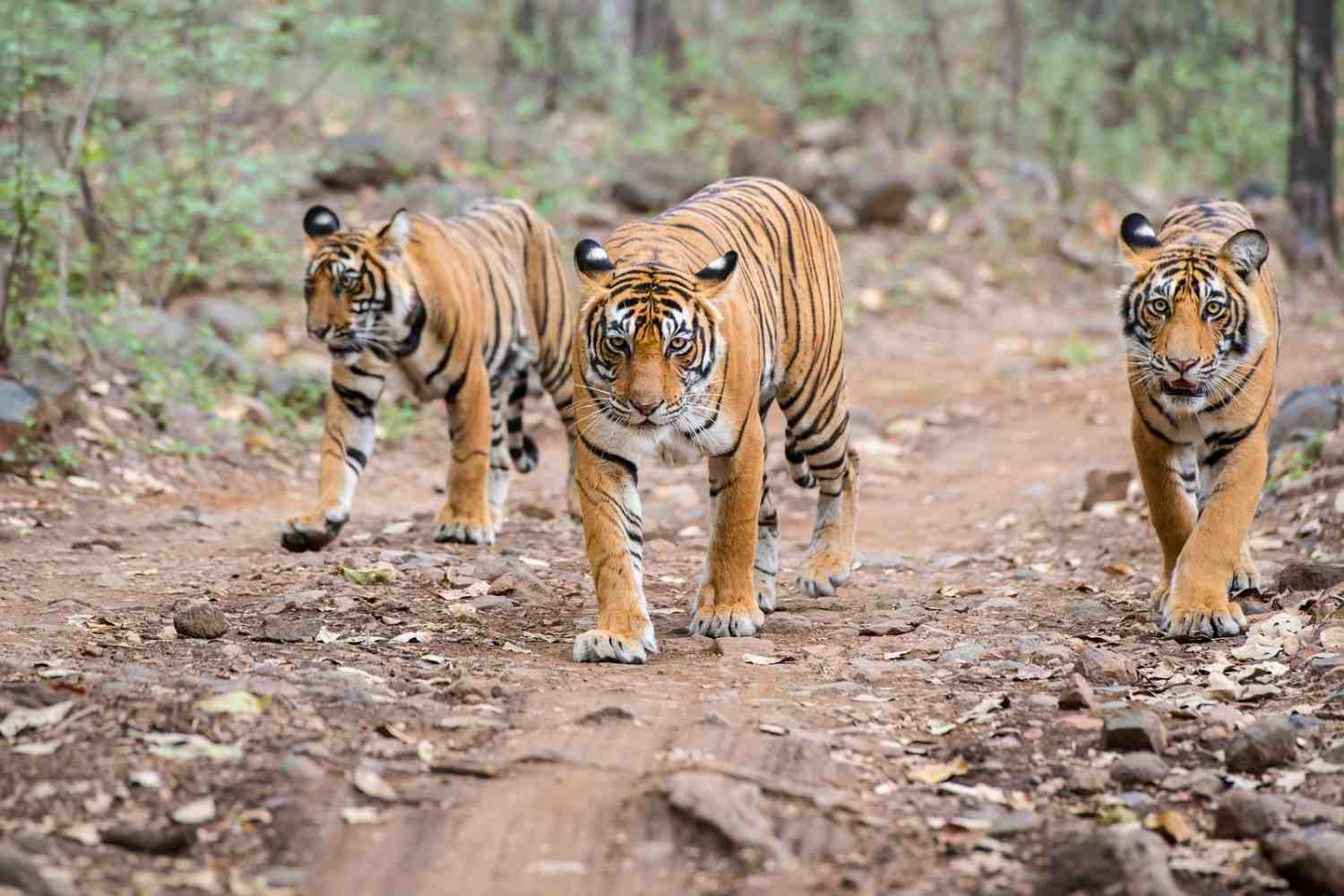
Lying on the Ganges Delta, Sundarbans is a UNESCO World Heritage Site. This biosphere reserve is home to various globally endangered species like the Ganges and Irrawaddy dolphins, the Royal Bengal Tiger, estuarine crocodiles and river terrapin (Batagur Baska).
Here is a tabular representation of the top 10 wildlife safaris in India along with other crucial details:
Wildlife Safari and its state |
Best time to visit |
Entry fee |
|
Indians |
Foreigners |
||
Ranthambore National Park, Rajasthan |
October - March |
₹1300 - ₹1800 |
₹2700 - ₹3700 |
Hemis National Park, Ladakh |
May - October |
₹20 |
₹100 |
Jim Corbett National Park, Uttarakhand |
December - March |
₹200 |
₹900 |
Bandhavgarh National Park, Madhya Pradesh |
October - March |
₹2450 - ₹3050 |
₹4850 - ₹6050 |
Sasan Gir Wildlife Sanctuary, Gujarat |
December - March |
₹75 |
₹100 |
Kaziranga National Park, Assam |
November - April |
₹100 |
₹650 |
Kanha National Park, Madhya Pradesh |
October - March |
₹3500 |
₹5000 |
Periyar Wildlife Sanctuary, Kerala |
September - April |
₹45 (Adults) ₹15 (Kids) |
₹500 (Adults) ₹180 (Kids) |
Manas Wildlife Sanctuary, Assam |
October - April |
₹300 |
₹900 |
Sundarbans National Park, West Bengal |
September - March |
₹60 |
₹200 |
There are a few things to keep in mind while planning to go on a wildlife safari, unlike other vacation plans. These are:
All these things will not only make your trip successful but ensure your and your family's safety in the best way. Not to mention, you must also maintain some safety precautions while going on wildlife safaris.
Here is a list of 10 safety precautions to prevent an unintentional animal attack while on wildlife safaris.
Having shared insights on ‘what is a wildlife safari', its history, objectives and other factors, you can plan your next (or first) wildlife safari in a better way. Moreover, you can choose from the top-visited wildlife safaris in India for your next vacation.